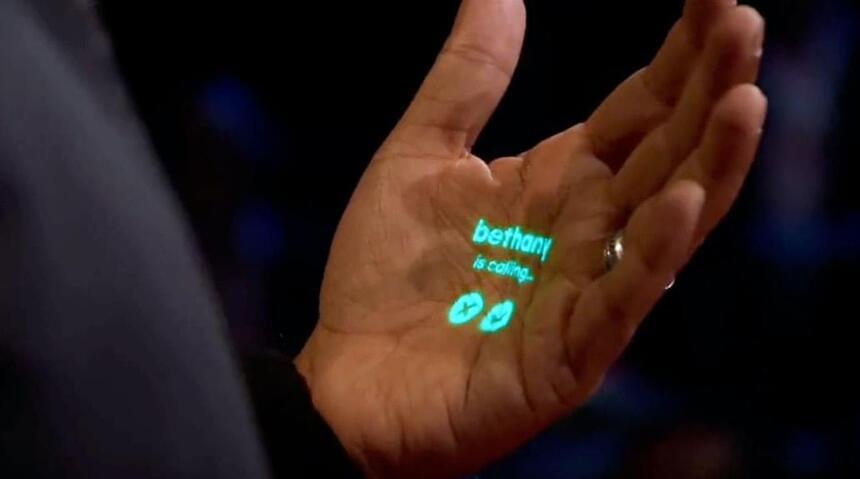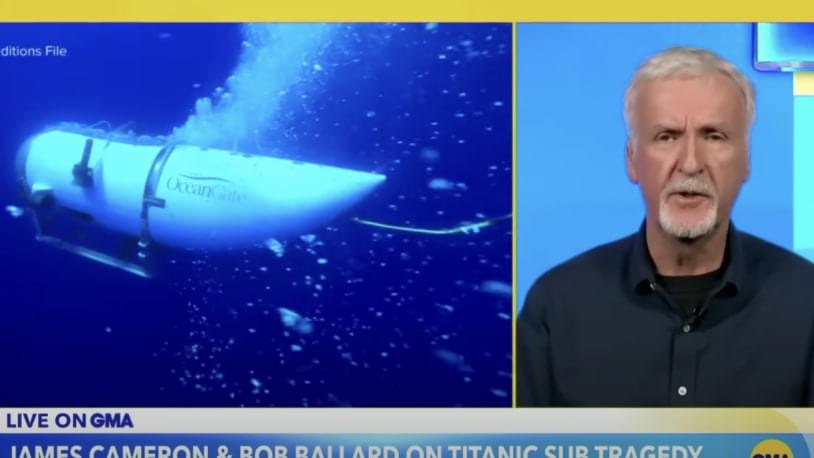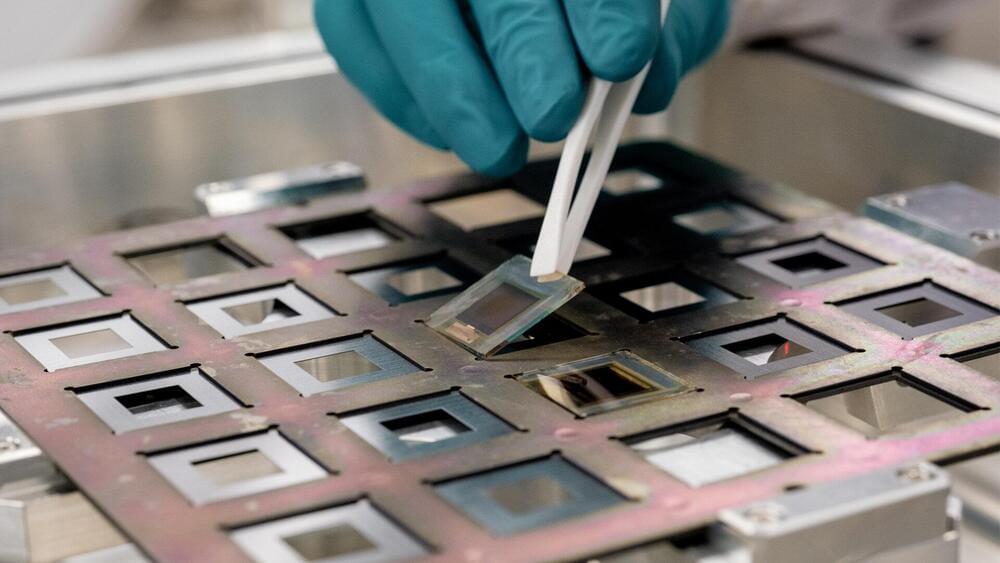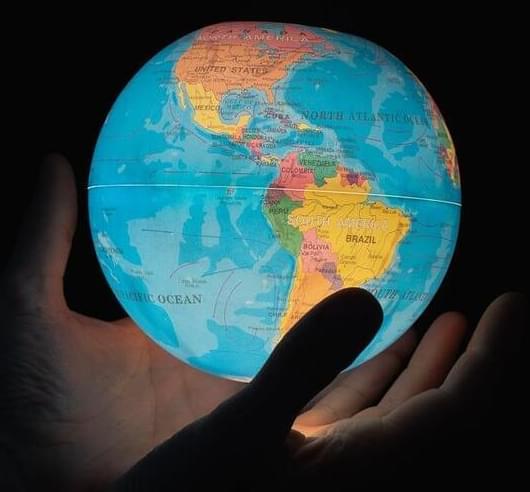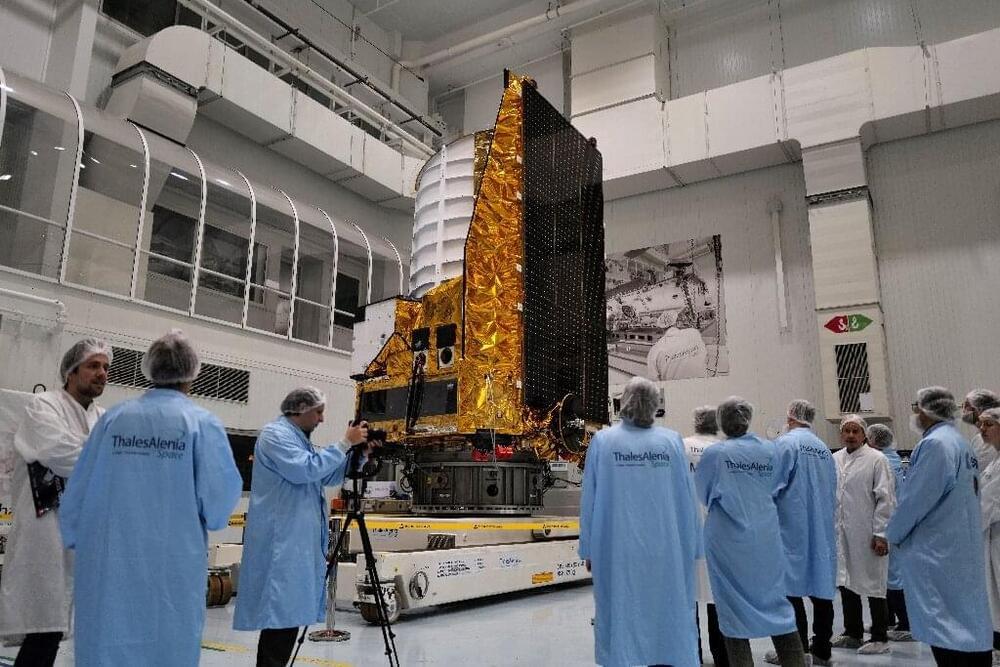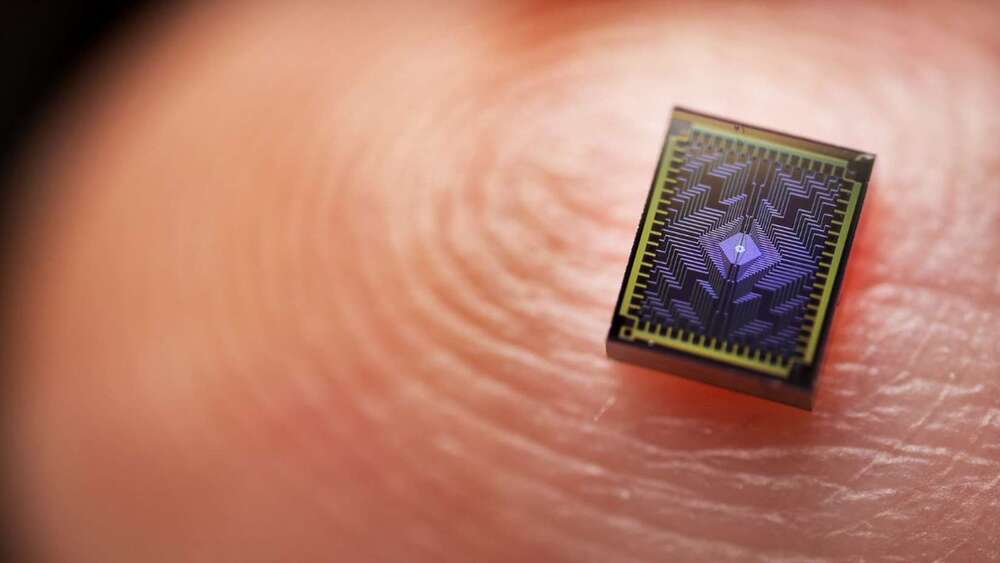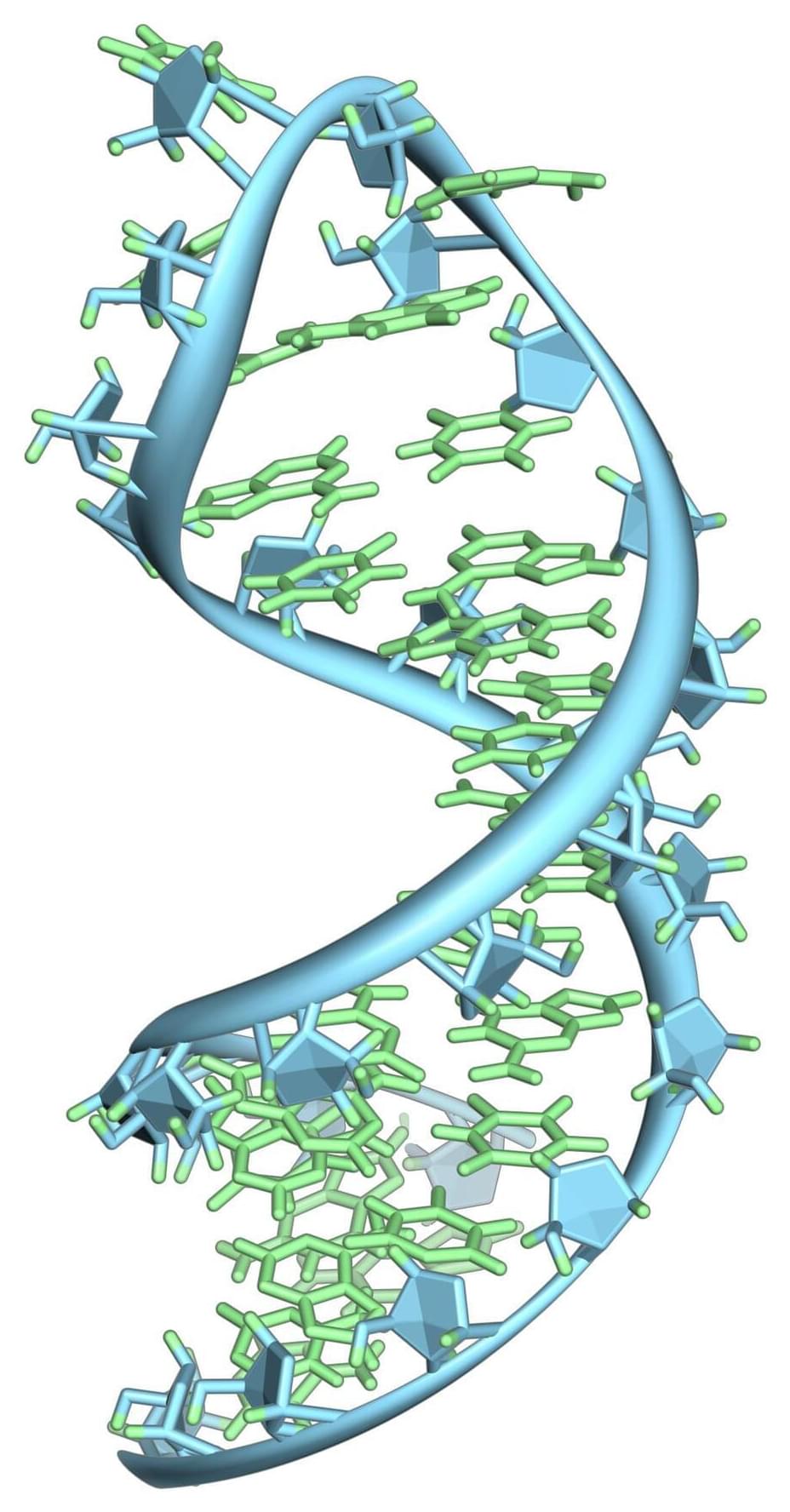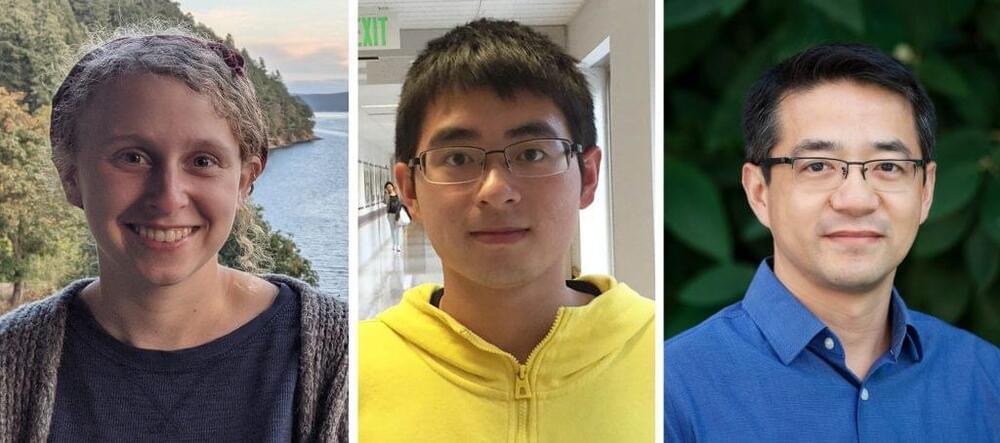Humane, the top-secret tech startup founded by ex-Apple vets Imran Chaudhri and Bethany Bongiorno, just showed off the first demo for its projector-based wearable at a TED talk. Axios’ Ina Fried broke the news, and Inverse has seen a recording of the full TED talk given by Chaudhri.
Humane founder and ex-Apple designer Imran Chaudhri shared the first look at the company’s AI-powered wearable projector. Here’s an exclusive first glimpse of Humane’s screen-less iPhone killer in action and details on its many functions including making and receiving phone calls, summarizing notifications, and translating your voice in real-time.
